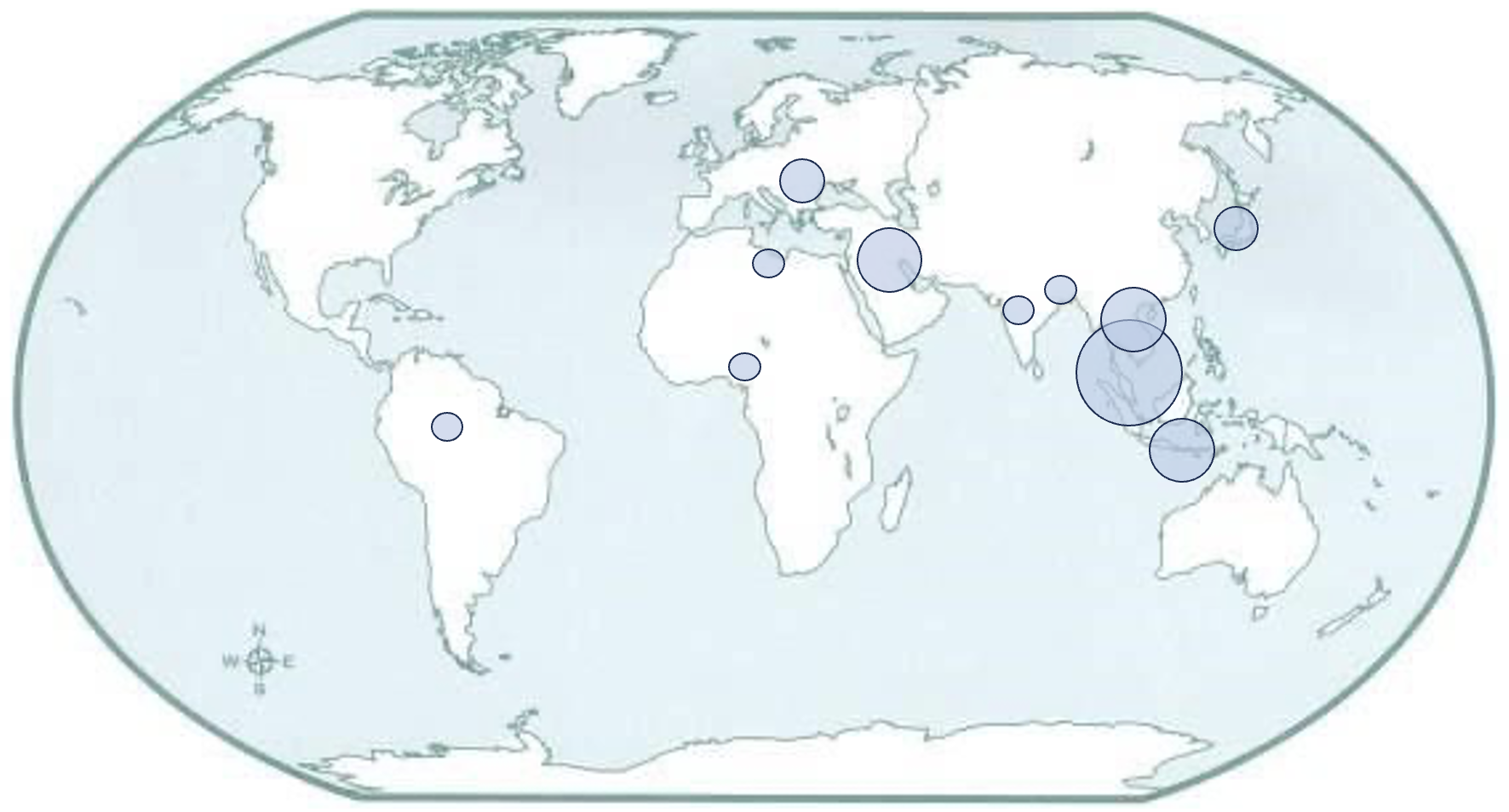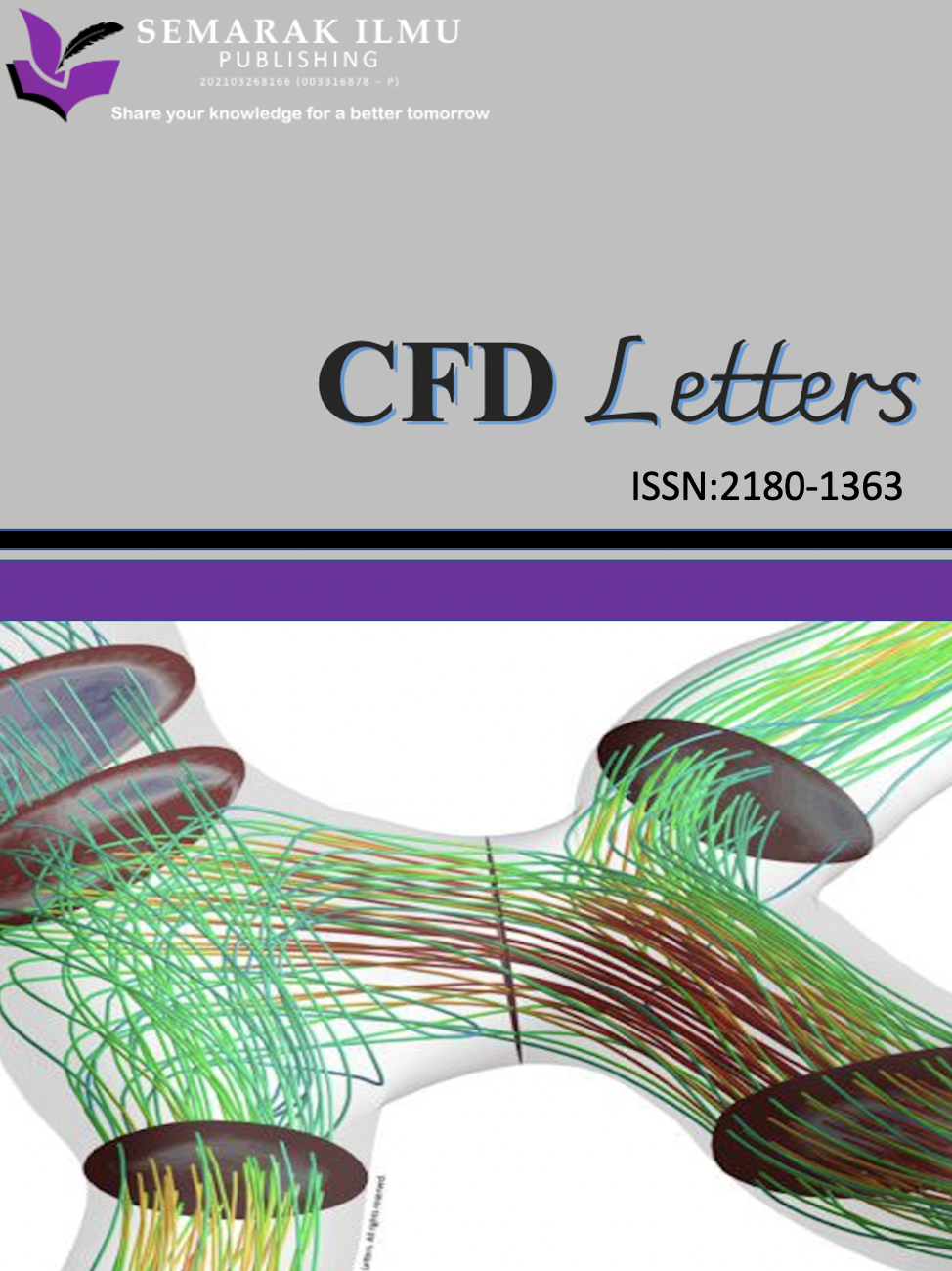Wind Flow Dynamics Around High-Rise Buildings: Insights from Wind Tunnel Experiments
DOI:
https://doi.org/10.37934/arefmht.20.1.1929Keywords:
Wind tunnel experiment, Menara Razak and Residensi Tower, tropical climate, canopy layer, wind directionsAbstract
Interaction between high-speed winds and urban buildings may contribute to unfavourable winds, safety risks, and building damage. This study aims to clarify the effects of high-rise buildings of UTM (Menara Razak-MR and Residensi Tower-RT) on the mean and turbulent wind speeds within the canopy layer and to develop a prediction model based on the wind tunnel experiment (WTE). Outdoor wind speeds are used as the input for conducting WTEs. In the wind tunnel, thermistors and hotwire sensors measure wind speeds at the selected canopy heights. Contour maps are used to present the analysis of the distribution of vertical profiles for both wind directions (22.5° and 202.5°) with high wind speeds. The spanwise uniformity flow has a standard deviation of less than 0.1 within the wind tunnel section. The wind profile is produced by a castellated block (25 mm cubic) of 17% packing density. The vertical profiles of approaching wind followed a power law index of 0.23, which falls within the suburban terrain category. The results show that wind speed u increases at a lower canopy layer in Plane 6 to Plane 8, and root mean square speed (urms) fluctuates in the downstream flow.
Downloads























